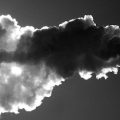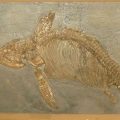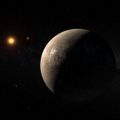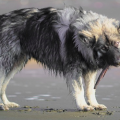随着PTE考生对PTE口语和PTE听力的重视,大家口语和听力的分数得到极大提高,但是PTE阅读渐渐成为考生们新的难题。
墨尔本悉尼文波PTE特别为PTE考生们挑选了适合练习PTE阅读的文章,主题,内容,长度都与PTE阅读题中的文章相似。激活学过的词汇,更新新的词汇,提高阅读速度,全面提升自己的阅读能力。
Most of us are used to the idea of seasonal, regular meteor showers. These celestial firework displays are typically due to the Earth’s passage through a debris stream – an orbiting train of cosmic junk left behind by disintegrating cometary nuclei.
Famous showers like the Perseids or Leonids can be linked to the comets Swift-Tuttle and Temple-Tuttle, while a shower like the Orionids has its origins in the filth spewed by Halley’s Comet during its 75 year orbit of the Sun.
But Earth is also pelted by material that’s come from the collisional debris of asteroids and even from the ejected material from minor planets like Vesta, orbiting out beyond Mars.
Today, about 87% of rocky meteorites that end up being found on Earth’s surface belong to a pair of classes known as H and L type ordinary chondrites. This poses a puzzle, because the objects in the main asteroid belt that would be the likeliest suspects to produce rocky meteorites actually have a somewhat different mineral composition. The simplest hypothesis for explaining this is that the vast majority of rocky material hitting us comes from recent (in cosmic terms) asteroid collisions that, by chance, have supplied the H and L chondrite rocks.
In other words, most of the rocky meteorites we’ve been used to during human history could be a bit of a glitch, the result of a specific set of asteroid breakups – coming from perhaps no more than three particular parent bodies. Those collisions are thought to have all occurred within the past 466 million years.
disintegrate: v. (使)破裂〔分裂, 粉碎〕;(使)崩溃
Orionids: 猎户座流星群
filth:n. 污物
spew: v. (使某事物)喷出, 射出
pelt: v. (连续地)投掷
chondrites: n.[地]球粒状陨石
glitch: n.小故障





